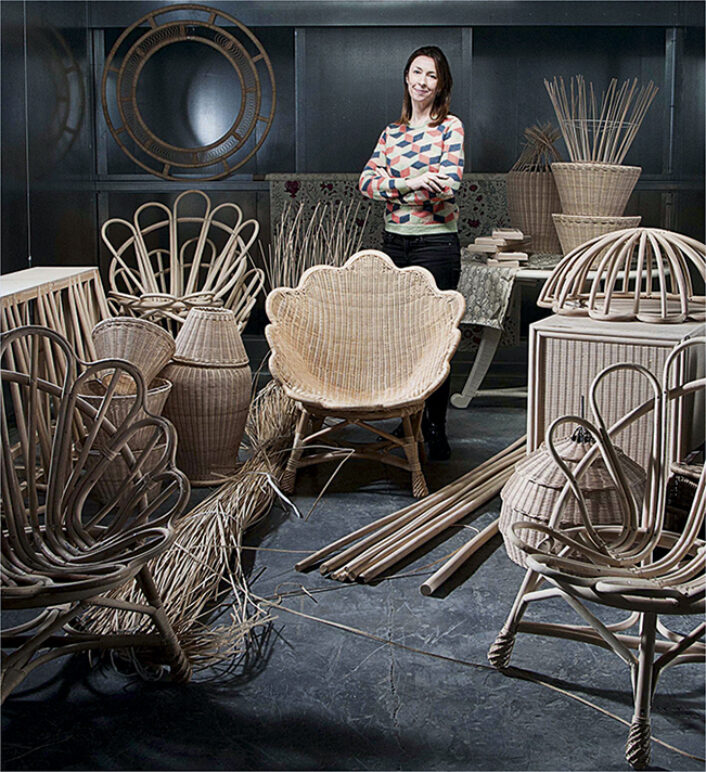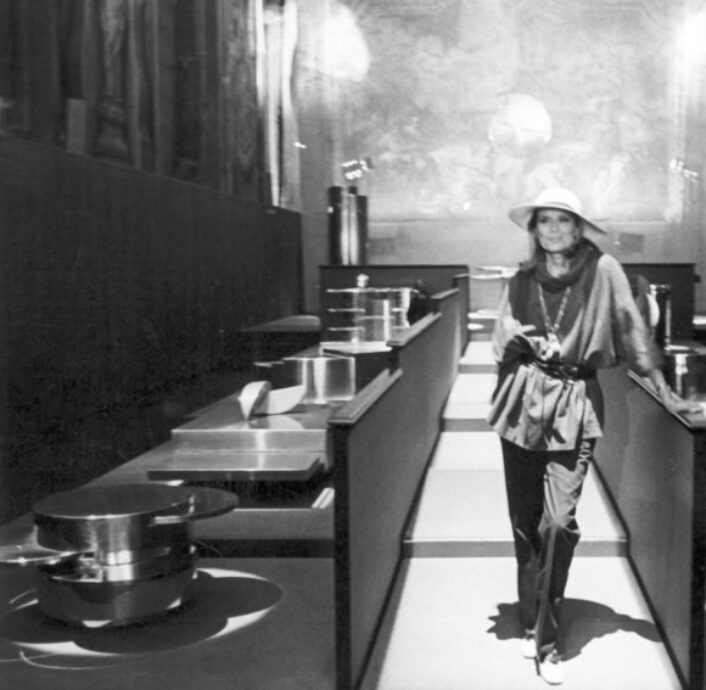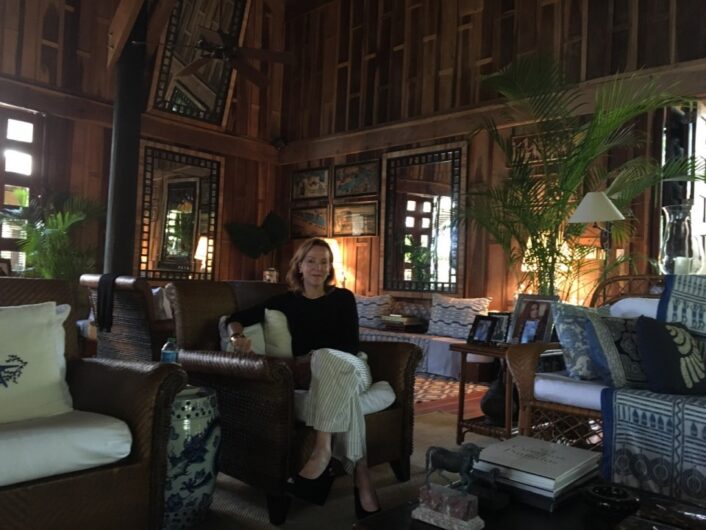Design
Gabriella Crespi
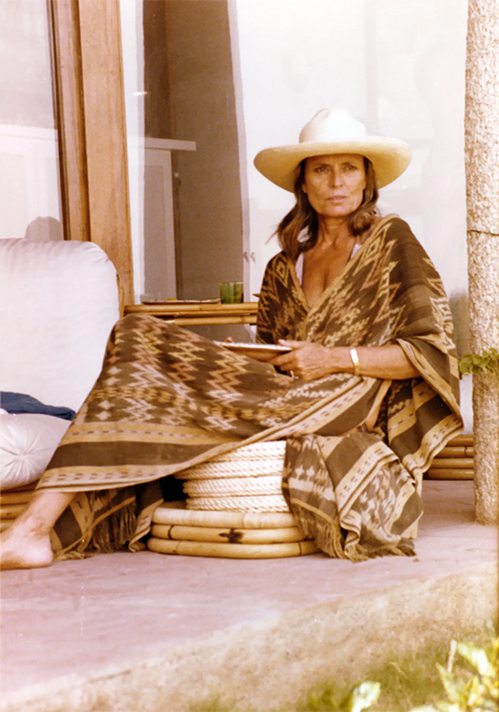
Crespi during the 1970’s.
Image courtesy of: Vogue
This year is the hundredth anniversary of Gabriella Crespi’s birth year. The Italian artist and designer would have turned one hundred this year and in honor of her, Gubi debuted the Bohemian 72 Collection. Crespi was ahead of her time; she was unique in that she migrated effortlessly between European royalty and Hollywood jet-setters.
A Danish company, Gubi sought out a collaboration with what was inside the designer’s archives. Courtesy of Elle Decor, “the series of in&out furnishings trace the artist’s interest for natural materials, her fascination for sculptural forms, and her curiosity for Eastern cultures.” The collection was put into production in March, just following what would have been Crespi’s actual birthday.
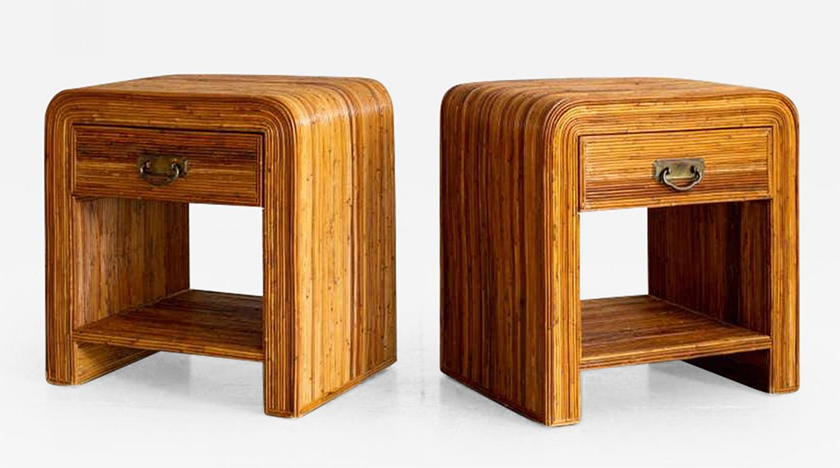
Designed from bamboo in the 1950’s, these Gabriella Crespi Style End Tables have brass hardware. The design calls for a curved waterfall top with a single drawer for storage and a bottom shelf.
Image courtesy of: Incollect
Crafted completely from rattan, the Bohemian 72 Collection features Crespi’s fascination for natural materials and sculptural forms, in addition to her interest in Eastern cultures. The four-piece collection demonstrates the designer’s long-term goal of seamlessly uniting in&out furnishings.
The collection was designed on Crespi’s Milanese terrace in the spring of 1972. Luckily, the designer had studied architecture at Milan’s Politecnico. She drew inspiration from Le Corbusier and Frank Lloyd Wright’s design experiences. Crespi spent the early years of her career dedicated to creating and circulating furniture and objects that are able to balance design and sculptural abstraction. These pieces were distributed worldwide.
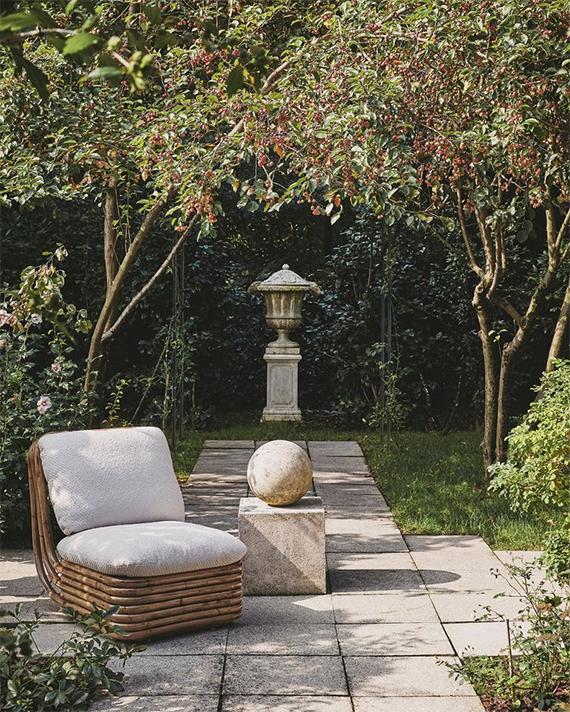
Until now, the pieces in this collection were only made as exclusive furnishings for private clients.
Image courtesy of: Elle Decor
During the time Crespi designed her pieces; rattan was very en-vogue with high society. However for Crespi, she was attracted to the material because of its strength and versatility. The essence of Modernism is on full display with the Bohemian 72 Collection. Intent on providing a completely different look to rattan, the Italian designer used repeated layers of vertically coiled rattan vines. The look that ensued presented the recurrent rattan as infinite modules.
As much as Crespi presented herself as a most accomplished technician, she was continuously inspired by working with artisans. She collaborated with skilled craftspeople on each piece that she produced. Courtesy of Architectural Digest Middle East, Elisabetta Crespi, Crespi’s daughter, was quoted as saying, “These artisans have always been the most treasured part of our work. Even though some of my mother’s prototypes required industrial processing, she always maintained a strong loyalty to hand craftsmanship. Her works were never made in series – each one was different.”
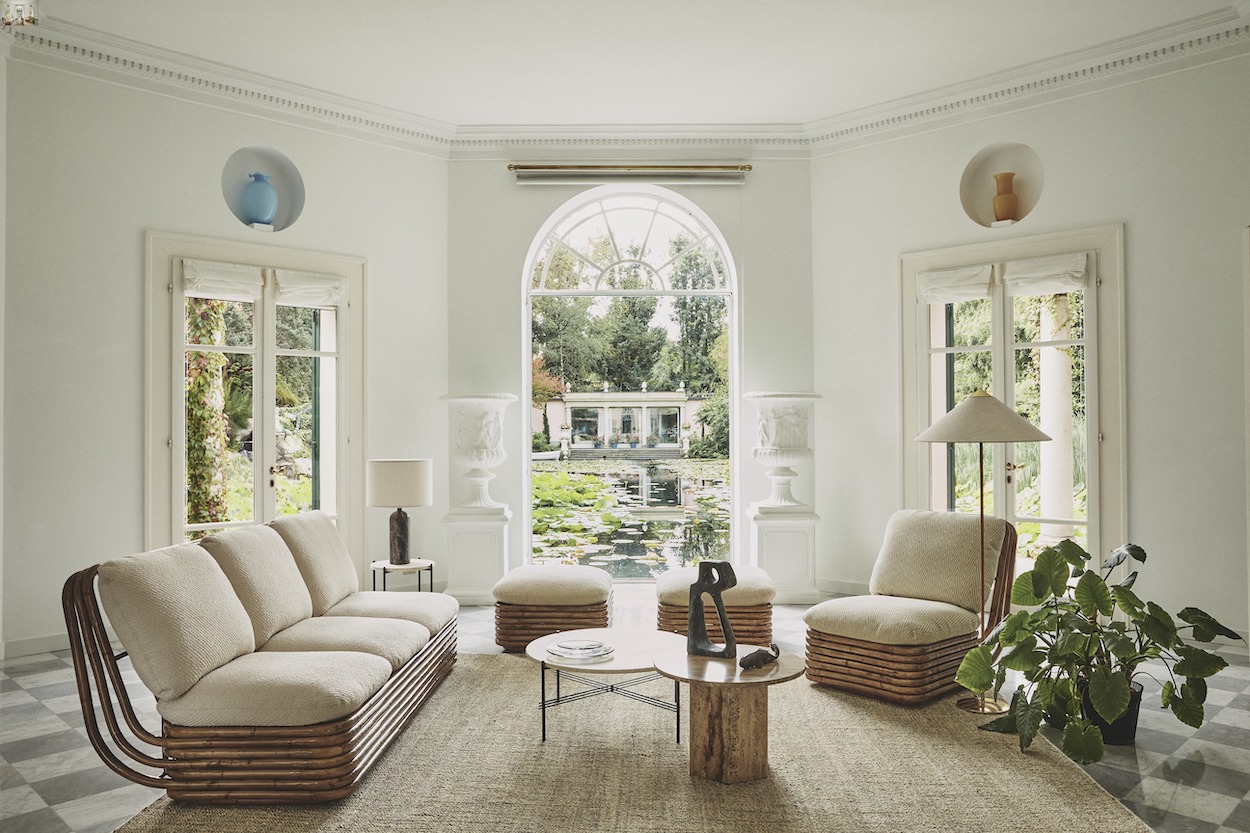
Finally… lounge furniture that has proven to be timeless.
Image courtesy of: Surface Magazine
As admired as Crespi was during her career, she remains as one of the elusive figures of mid-century Italian design. What added to the mystery was that the designer completely abandoned her high-profile career at the age of 65 to find spiritual solace in the Himalayas.
Now available to the public, the Bohemian 72 Collection includes a lounge chair, a sofa, an ottoman, and a floor lamp… all suited for a mid-century indoor-outdoor lifestyle. Crespi had said (courtesy of Surface Magazine), “I couldn’t help but do it with rattan and bamboo, materials of which I’m very fond and that combine strength and flexibility, the warmth of mellow tones, and the ability to be run through by light.”
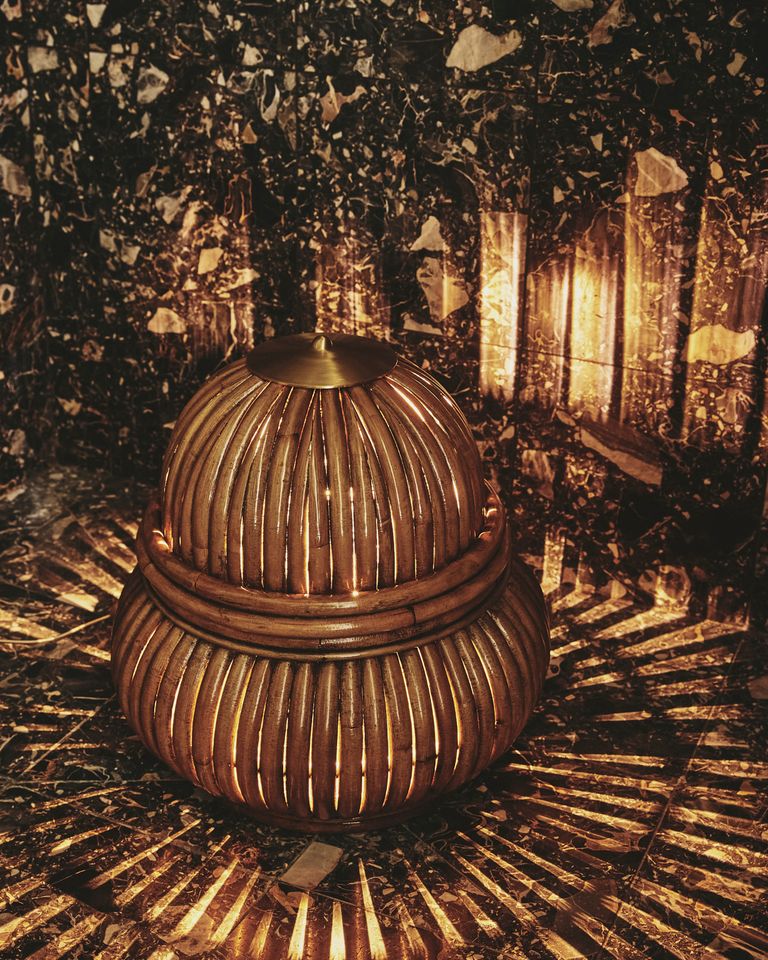
Bohemian 72 Floor Lamp.
Image courtesy of: Elle Decor
The three seating pieces are comprised of stacked cane rattan that form the bases which are topped with plump cushions. The look is effortless; however in actuality, the process is far from simple. Italian artisans steam the rattan, they then bend it by hand around a die to achieve the distinctive curves. Following, the rattan is stained with an antique color and finished with a glass coating.
Rustic elegance are two words that effectively embody Crespi. She said (courtesy of Gubi’s web site), “I wanted to create the house of the sun. I couldn’t help but do it with rattan and bamboo, materials of which I’m very fond and that combine strength and flexibility, the warmth of mellow tones, and the ability to run through by light. Very long spokes give an impression of the infinite and indeterminate just as cane thickets that rise toward the sky do in nature.”
